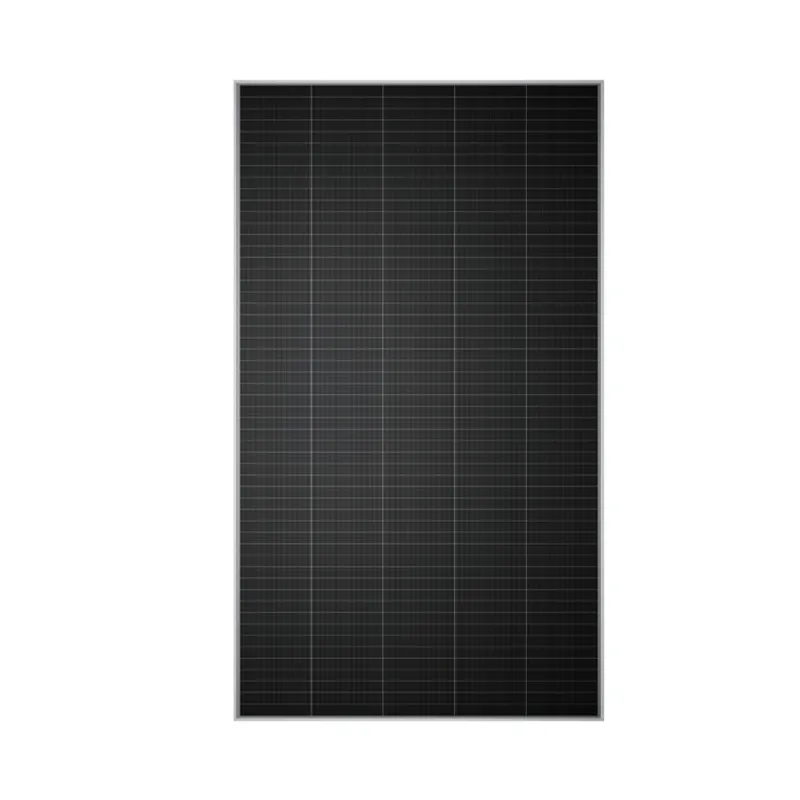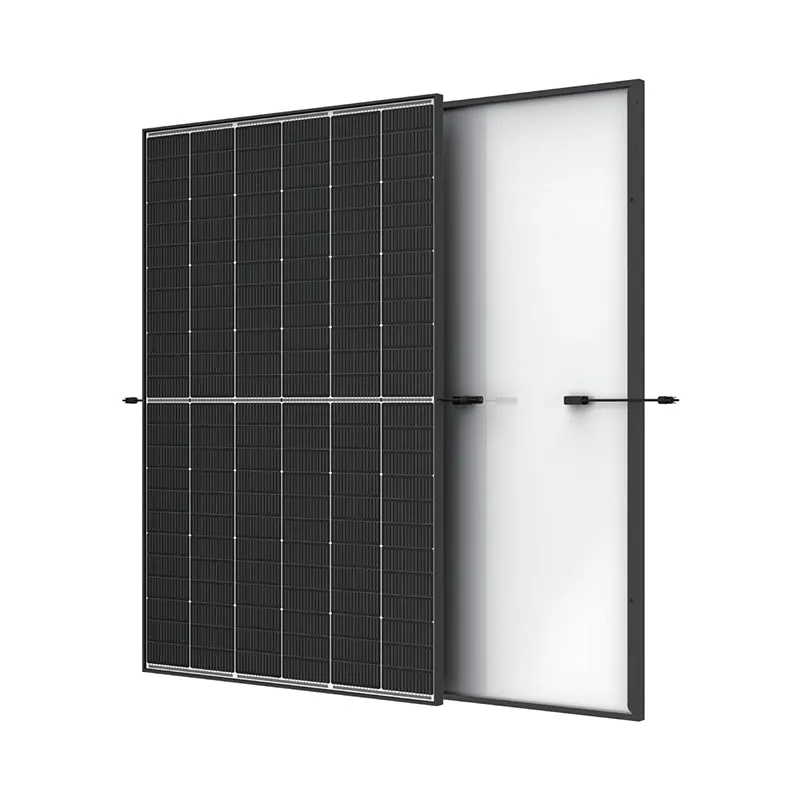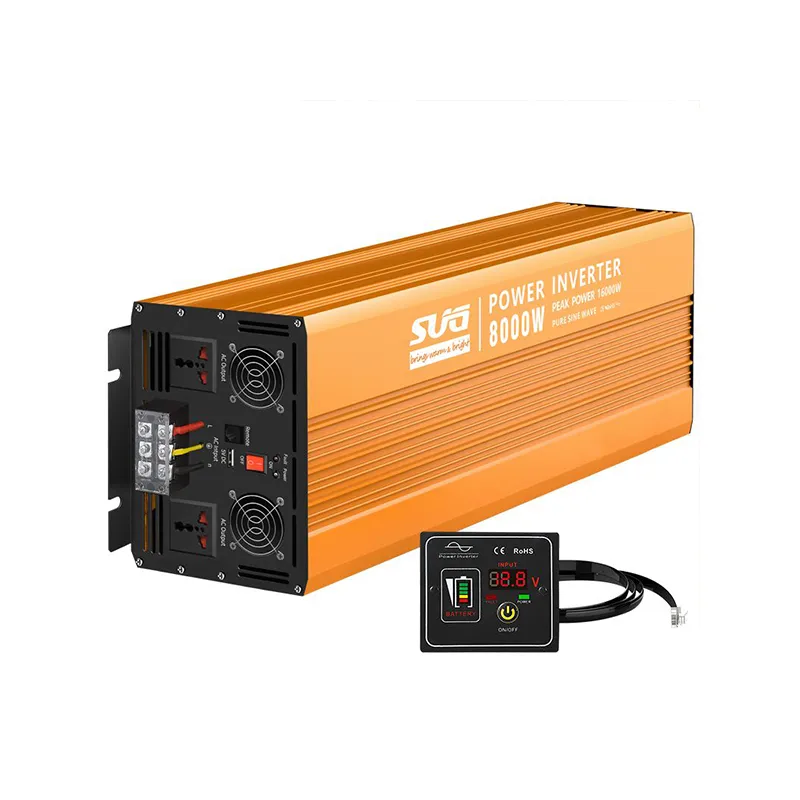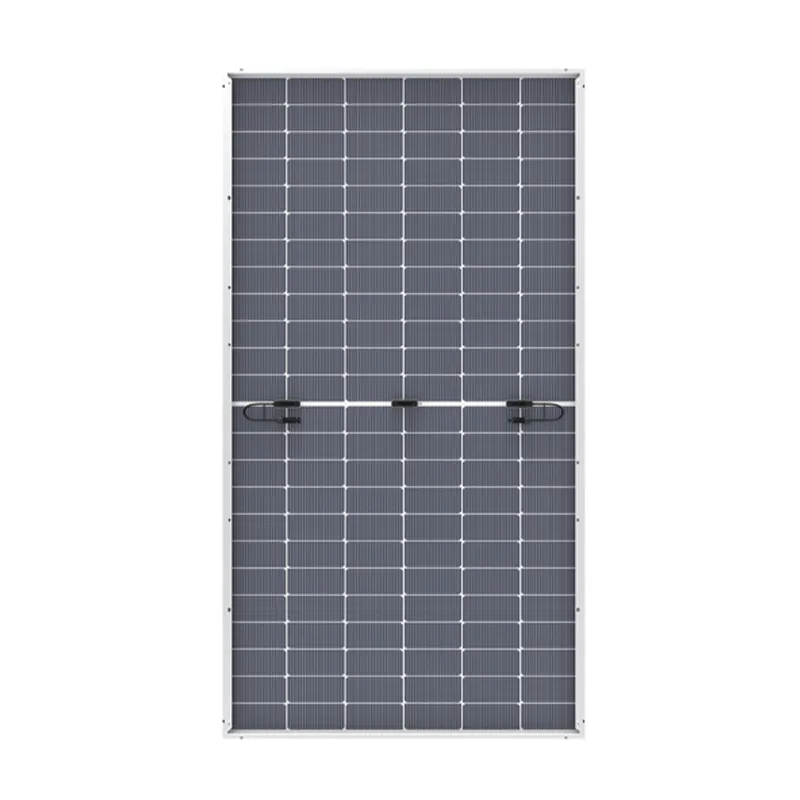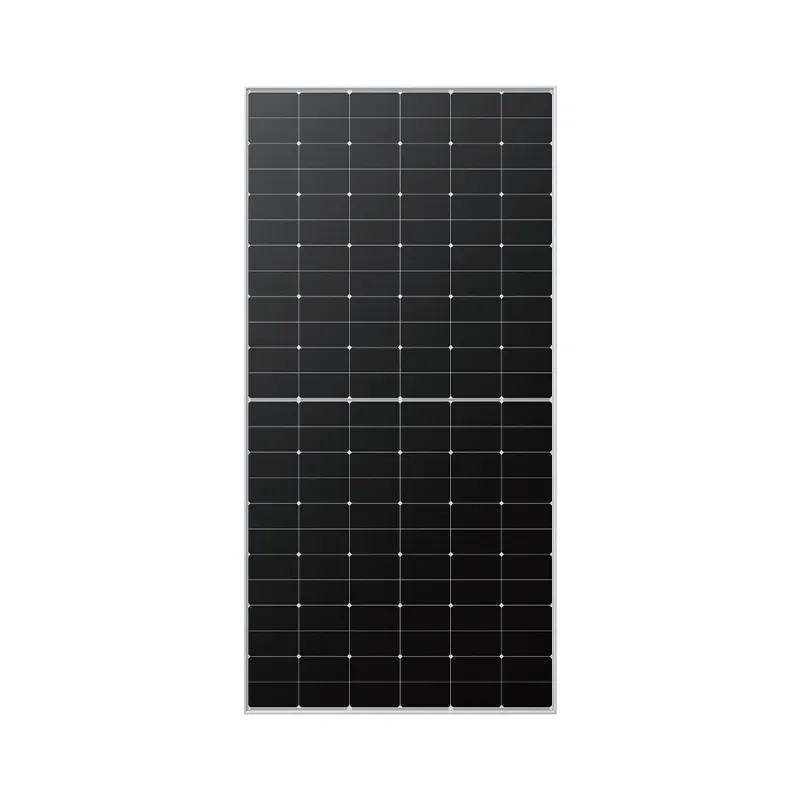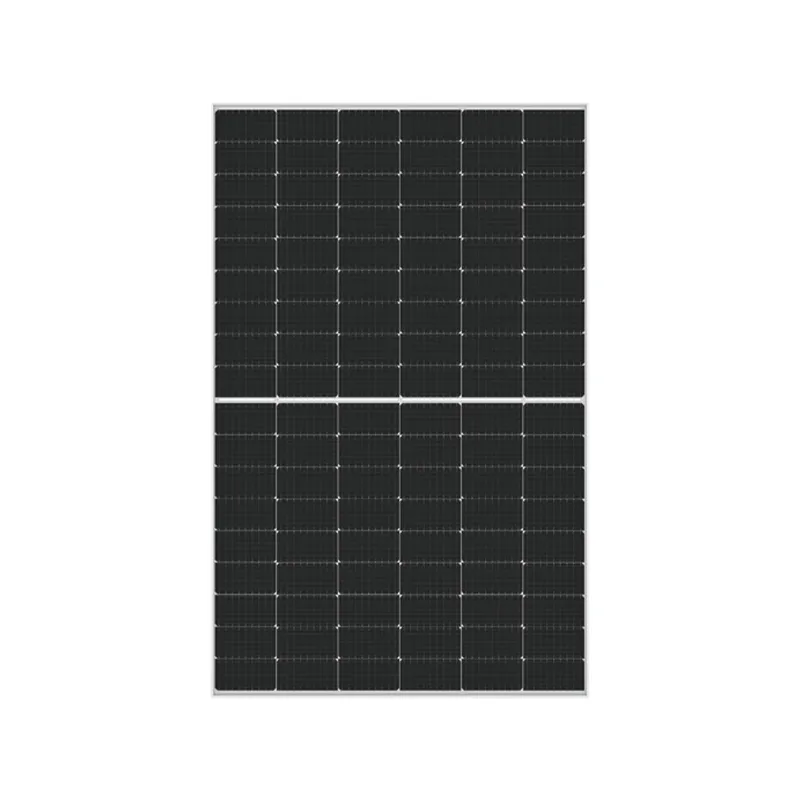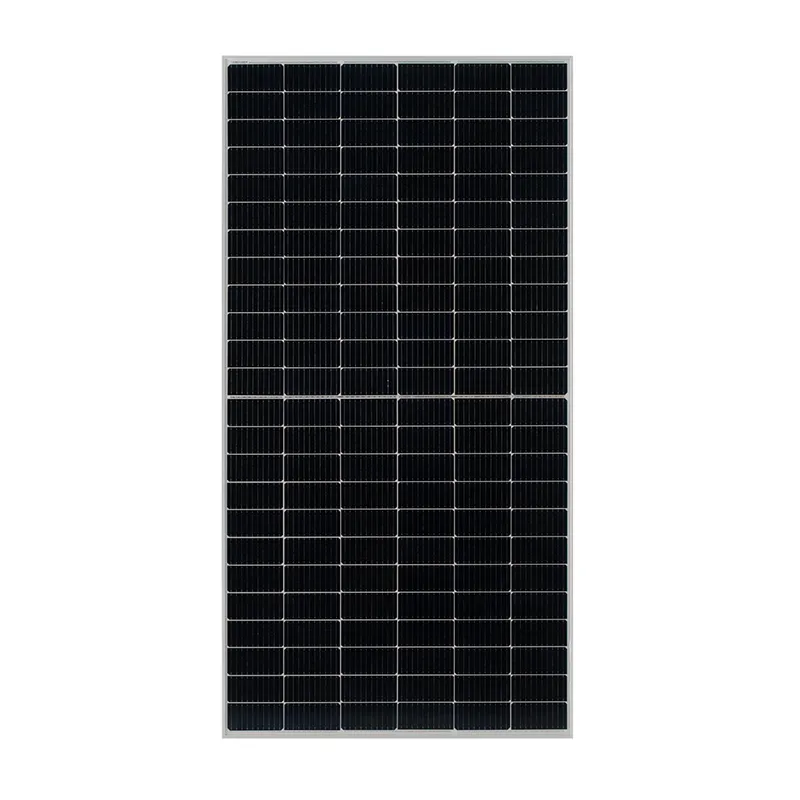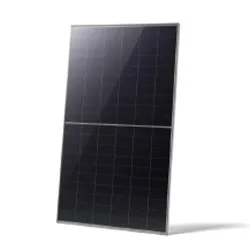High-Efficiency Two Sided Solar Panels for Maximum Energy Output Double Sided Solar Panel Price & Solutions
- Introduction to Two Sided Solar Panels
- How Two Sided Panels Work and their Technical Advantages
- Market Pricing Overview and Double Sided Solar Panel Costs
- Comparative Analysis: Leading Manufacturers and Performance Data
- Custom Solutions and Integration Approaches
- Real-World Application Case Studies
- Future Outlook: The Role of Two Sided Solar Panels in Modern Energy Systems
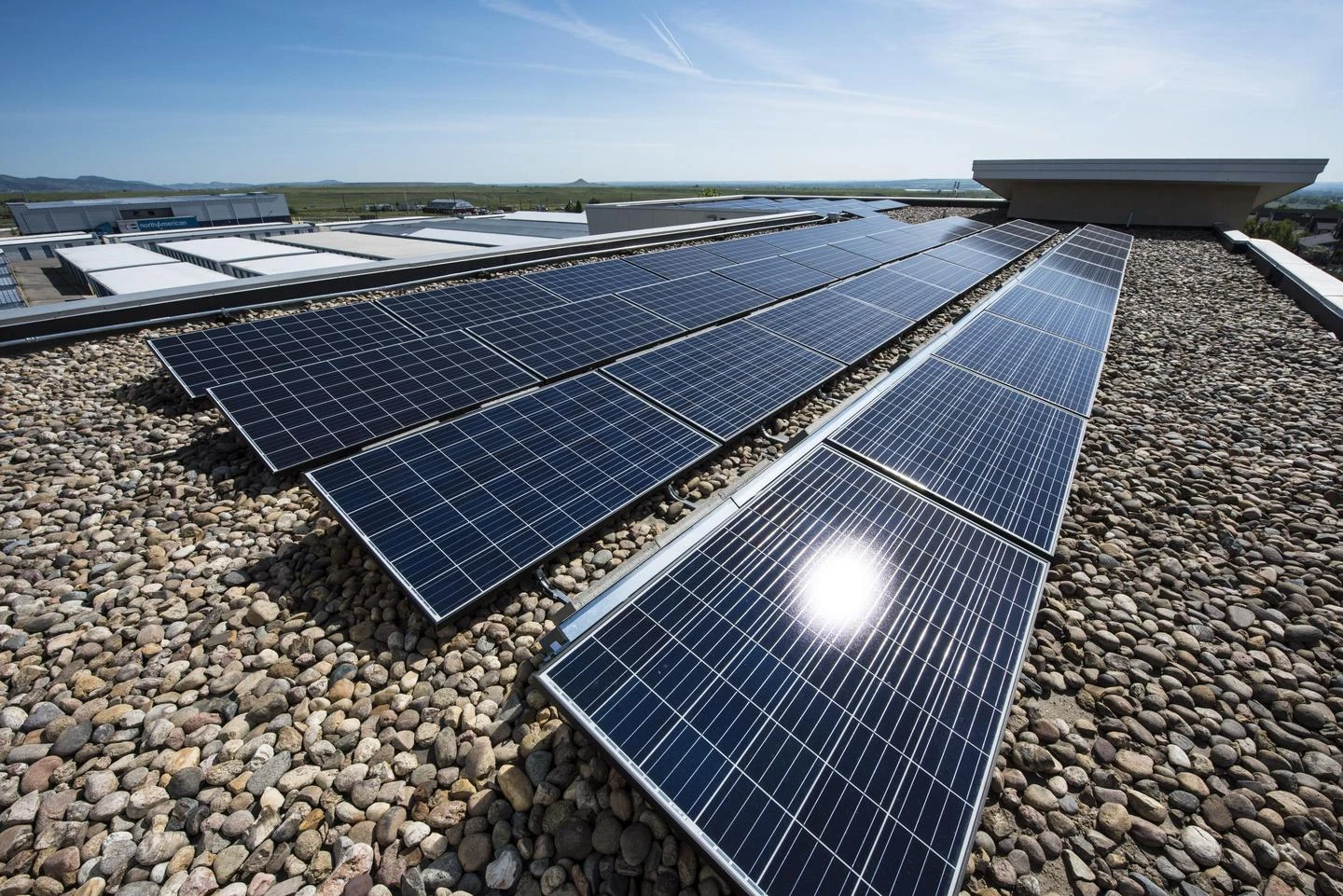
(two sided solar panels)
Understanding Two Sided Solar Panels: An Overview of Dual-Faced Energy Capture
Two sided solar panels, also known as bifacial solar panels, have increasingly captured the attention of modern energy advocates due to their ability to generate electricity from both their front and rear surfaces. Unlike traditional modules that only convert sunlight from one direction, these advanced units harness rays reflected from the ground or nearby surfaces, thus delivering higher overall efficiencies. This dual capture technology maximizes surface absorption and leads to notable performance gains in diverse installations, whether on commercial rooftops, residential projects, or large-scale solar farms.
According to BloombergNEF, global adoption of two sided solar panels
has surged at a 30% compound annual growth rate over the past five years. Their robust design not only boosts energy output but also ensures greater durability against environmental stress. This opening overview sets the stage for a deeper exploration into their working principles, cost dynamics, key competitors, customizable solutions, real-world implementation, and a look ahead at their impact on the future of sustainable energy.
Technical Advantages: How Dual-Sided Panels Outperform Conventional Modules
The outstanding efficiency of two sided solar panels is rooted in their construction. Each panel is embedded with photovoltaic cells on both sides, paired with a transparent backsheet or dual glass layers. This design innovation enables the module to tap into albedo light—solar irradiation reflected from surfaces such as concrete, sand, snow, and white membrane roofs. Data from PV Evolution Labs indicates bifacial modules can generate 10-30% higher energy yields than comparable monofacial units under optimal conditions.
These panels typically demonstrate a module efficiency between 20%-23%, placing them at the forefront of commercially available solar technologies. Their improved performance particularly shines in vertical or east-west array designs, and in locations with high surface reflectivity. In addition, two sided solar panels offer enhanced durability, as glass-glass construction reduces risks associated with moisture ingress and corrosion, thereby boosting lifespan and reducing maintenance needs.
Double Sided Solar Panels Price: Market Trends and Pricing Overview
One of the critical considerations for stakeholders is the price dynamics of double sided solar panels. While the up-front investment is generally higher—by 5% to 15% compared to monofacial alternatives—the levelized cost of energy (LCOE) is substantially reduced due to superior energy output. As of Q1 2024, average global prices for bifacial modules ranged from $0.20 to $0.35 per watt, according to the International Renewable Energy Agency (IRENA).
Key factors affecting double sided solar panel price include production scale, supply chain volatility, material innovations, and customs duties in importing markets. The below data outlines average module prices and estimated LCOE comparisons for leading manufacturers:
| Brand/Manufacturer | Model Type | Module Price (USD/Watt) | Efficiency (%) | Estimated LCOE (USD/kWh) |
|---|---|---|---|---|
| LONGi Solar | Bifacial LR6 Series | $0.24 | 21.2 | $0.036 |
| JinkoSolar | Swan Bifacial | $0.27 | 20.9 | $0.035 |
| Trina Solar | DuoMax Twin | $0.25 | 22.3 | $0.033 |
| Canadian Solar | BiHiKu | $0.23 | 21.6 | $0.034 |
| Hanwha Q CELLS | Duo Bifacial | $0.29 | 20.8 | $0.037 |
The table highlights that while pricing varies, efficiency and energy cost advantages can quickly offset the higher initial investment, making two sided modules a strategic choice for long-term projects.
Comparing Leading Manufacturers: Performance and Usability Across Brands
Selecting the optimal two sided module demands rigorous evaluation of manufacturer performance across four primary dimensions: power output, real-world durability, warranty terms, and product certifications. For end-users, vendor reliability and ongoing support are equally central to decision-making.
- LONGi Solar leads with high-performing PERC cell technology and reliable after-sales service, suitable for utility-scale projects.
- JinkoSolar delivers robust production capacities and consistently high conversion rates, excelling in volume deployments.
- Trina Solar is recognized for innovative glass-glass builds that facilitate longevity, particularly in extreme climates.
- Canadian Solar targets both cost-efficiency and strong worldwide distribution, making installation logistics smoother.
- Hanwha Q CELLS offers compelling warranty packages (up to 30 years), a differentiator for institutional clients.
Independent testing shows performance variation of up to 8% energy yield between brands under identical field conditions. Engineers emphasize that module orientation and installation surface play critical roles in realizing the full potential of bifacial systems.
Customized Implementation: Harnessing Site-Specific Advantages
The efficacy of two sided solar panels can be greatly enhanced through customized system design. Tailoring layout geometry, tilt angles, racking height, and ground surface treatments enables users to unlock significant gains in output. For example, deploying highly reflective surfaces such as white gravel or specialized coatings underneath modules can improve rear-side energy yield by up to 20%.
Developers often collaborate with EPC firms and engineering consultants to conduct on-site simulations using bifacial performance modelling tools (for instance, PVSyst or HelioScope). These simulations account for regional irradiance, shading patterns, and albedo profiles, ensuring the return on investment is maximized. Flexible mounting structures, such as tracker-enabled racks, further bolster energy production, with studies confirming that single-axis tracking in bifacial systems can increase annual output by 30% or more compared to fixed installations.
Customization is not limited to utility-scale settings: urban planners are integrating compact two sided panels on canopies, carports, and sound barriers, benefiting from dual-side generation where space constraints previously limited renewable deployments.
Application Case Studies: Real-World Deployments Validate Bifacial Benefits
Proven performance in field installations is essential for validating technology claims. A recent 50 MW project in Dubai—a collaboration between DEWA and local developers—installed bifacial modules on both fixed and tracker systems. The rear-side gains measured between 10.5% and 18.8% depending on surface reflectivity, resulting in a collective annual energy production surpassing monofacial benchmarks by nearly 13 GWh.
In Northern Europe, a Scandinavian logistics warehouse utilized two sided panels atop reflective white membrane roofing. Data from a 12-month period reported a 28% overall improvement in solar output, with minimal increase in operational costs.
Meanwhile, in the United States, several agricultural sites have benefited from vertical mounting of double sided solar panels as part of "agrivoltaics"—a practice combining farming and renewable generation. These vertical deployments minimized land shading and soil compaction, while maximizing yield thanks to the capture of diffuse light and ground reflection, aligning with sustainable agriculture and energy goals.
The Future of Two Sided Solar Panels: Meeting Global Renewable Demands
As energy transition accelerates and new regulatory incentives encourage decarbonization, two sided solar panels are poised to play a pivotal role in the marketplace. Their potential for significantly higher energy density per unit area, robust build quality, and compatibility with advanced system designs positions them as a mainstay for future solar expansions.
Ongoing advancements in cell engineering, bifacial gain prediction, and manufacturing automation are steadily decreasing double sided solar panels price, enhancing their accessibility for projects of all scales. As more governments establish solar-friendly policies and set net zero targets, industry forecasts anticipate that bifacial modules will surpass traditional modules in global market share by the end of the decade. For stakeholders seeking maximum return and sustainability impact, two sided solar panels are rapidly becoming the new industry standard.
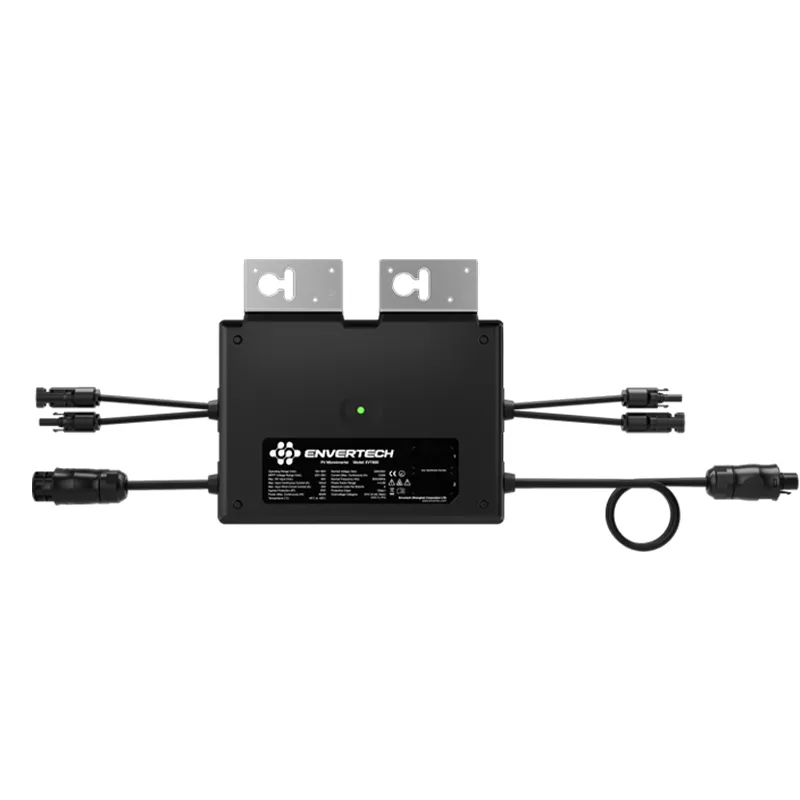
(two sided solar panels)
FAQS on two sided solar panels
Q: What are two sided solar panels?
A: Two sided solar panels, also called bifacial solar panels, can capture sunlight from both the front and back sides. This design increases energy generation compared to traditional panels. They're ideal for installations with reflective surfaces below.
Q: How do two sided solar panels work?
A: These panels use transparent backsheets and double-glass technology to absorb sunlight on both sides. The rear side captures reflected sunlight from the ground or surrounding surfaces. This increases overall energy output.
Q: Are two sided solar panels more efficient than traditional ones?
A: Yes, two sided solar panels typically generate up to 30% more electricity than conventional panels. Their higher efficiency depends on installation conditions and surface reflectivity. They're especially effective in open, bright environments.
Q: What is the average double sided solar panels price?
A: Double sided solar panels generally cost 10% to 20% more than standard panels. Exact prices vary depending on size, brand, and technology. However, their increased efficiency often offsets the initial higher cost over time.
Q: Where are two sided solar panels most commonly used?
A: Two sided solar panels are widely used in commercial solar farms and large rooftop installations. They're especially effective in areas with high ground reflectivity like snow, sand, or white rooftops. Residential and industrial settings also benefit from their efficiency.
-
Unlocking Energy Freedom with the Off Grid Solar InverterNewsJun.06,2025
-
Unlock More Solar Power with a High-Efficiency Bifacial Solar PanelNewsJun.06,2025
-
Power Your Future with High-Efficiency Monocrystalline Solar PanelsNewsJun.06,2025
-
Next-Gen Solar Power Starts with Micro Solar InvertersNewsJun.06,2025
-
Harnessing Peak Efficiency with the On Grid Solar InverterNewsJun.06,2025
-
Discover Unmatched Efficiency with the Latest String Solar InverterNewsJun.06,2025
